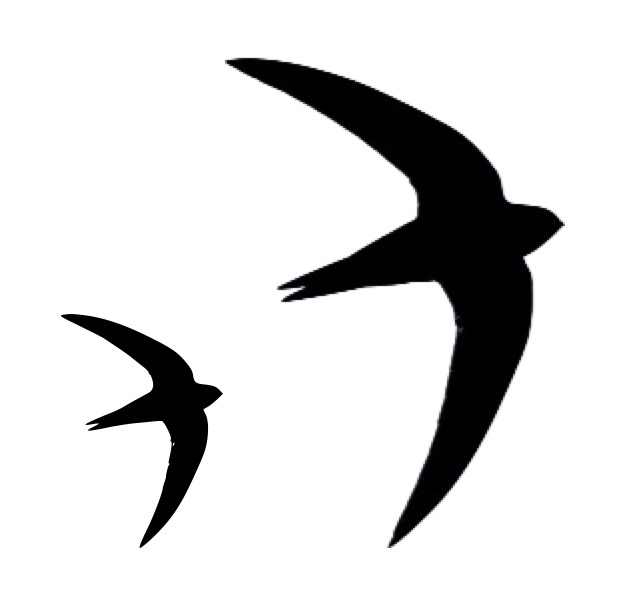events
Crieff Walk & Talk
27/07/19 16:07
Friday’s walk & talk went well. The rain held off until we finished at 10 and we were treated to a large high flying group (there are over 50 swifts in the photo below), low passes of screaming groups and various nest entries and exits. We even saw swifts mobbing a sparrow hawk.
All in all a great show for the last event of the season in Crieff. Keep an eye on them though and please report sightings, especially nest site locating; these last few days of their visit is one of the best opportunities to spot their comings and goings. You can contact me through this site.
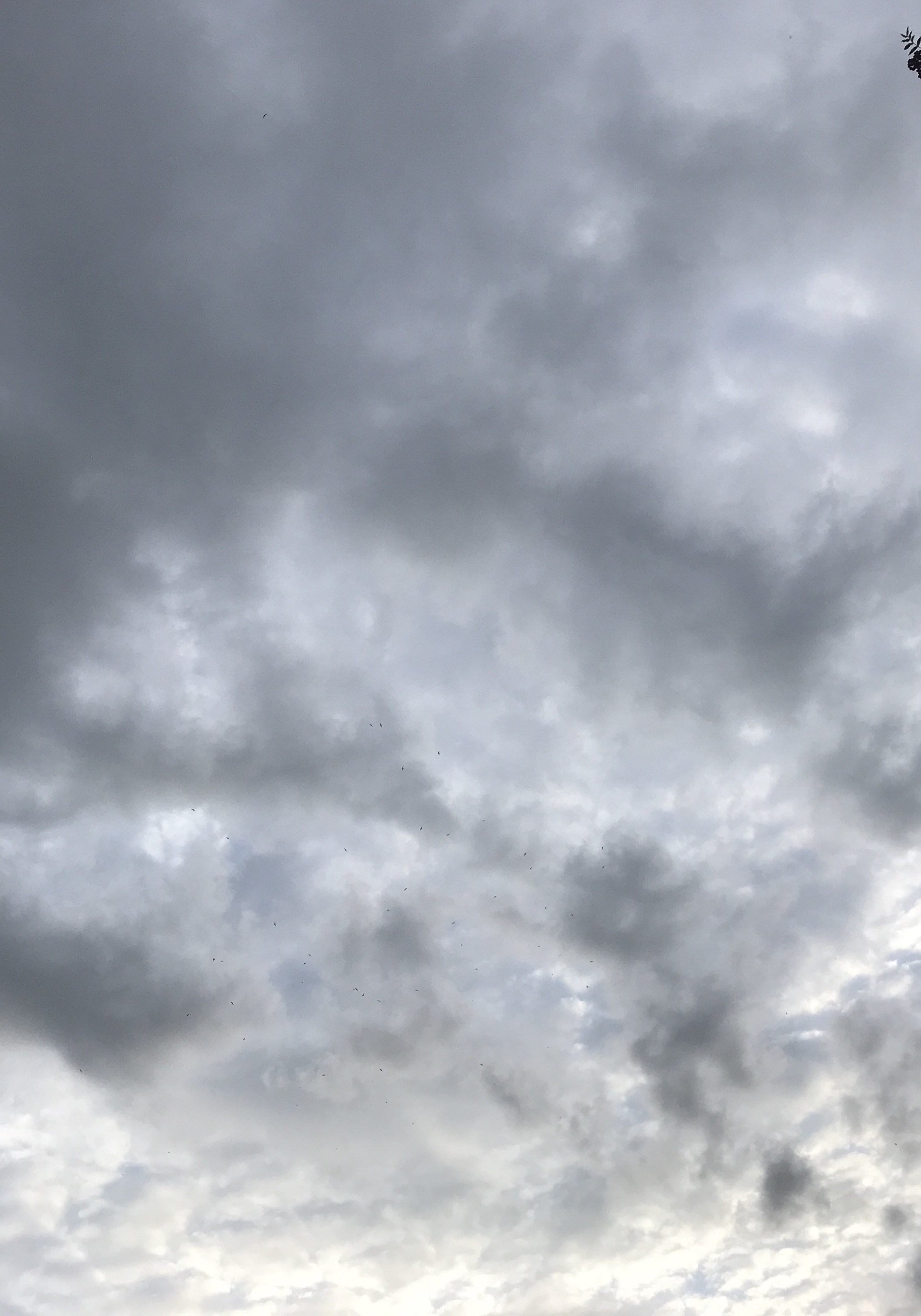
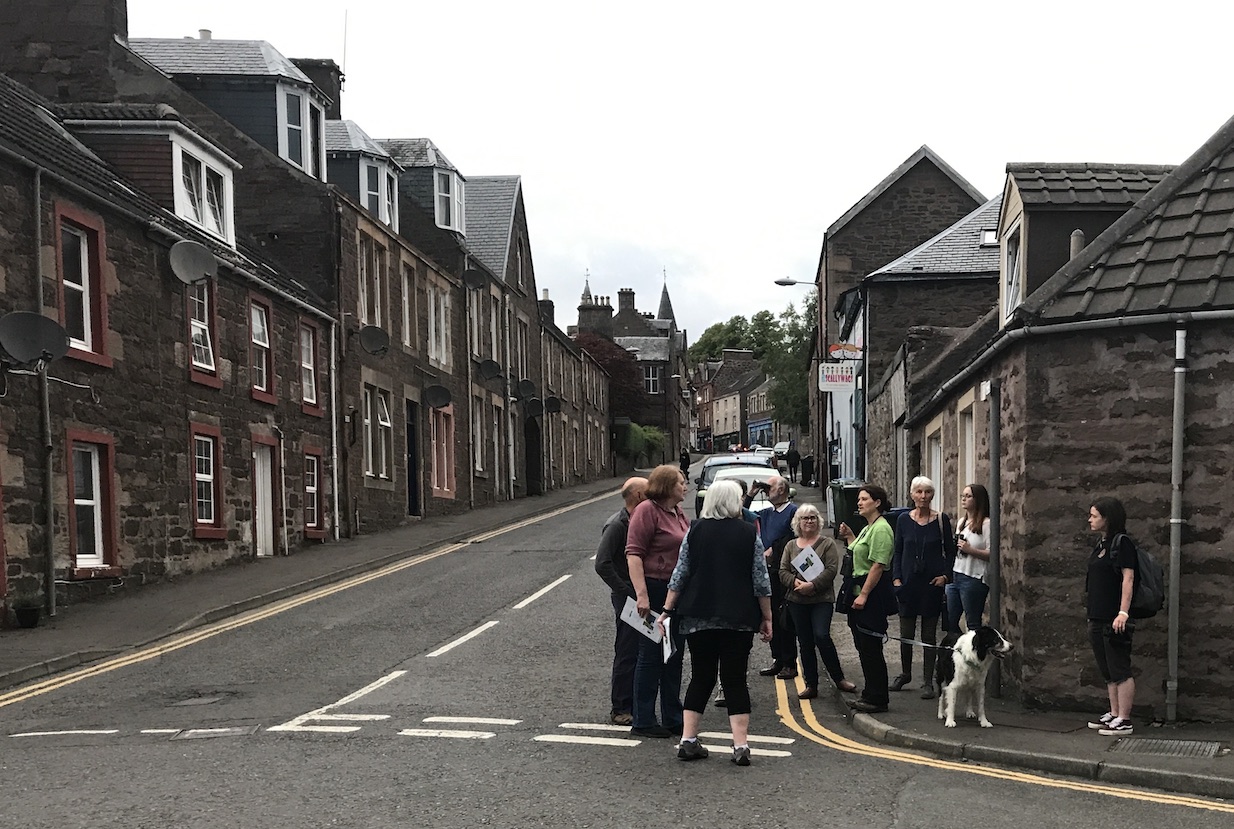
This week, on the 26th July, Tayside Swifts will be running a Crieff event. We will walk around the town centre and look at known breeding sites while also looking for new ones and screaming groups. The weather should be good for a display. If you are interested in swifts, want to know more about swifts or would like to sign up as a spotter for the Crieff Swift Project in 2020, please come along. Also, there should be plenty of swallows and house martins around too, so if you're not sure which is which, this will be a good time to hear the details explained. The event is being hosted by Daniele Muir of Tayside Swifts and Perthshire Wildlife (see the links page). Andrew Rodger of the Crieff Swift Project will be there as well. Meet us at 8:30 p.m. in James Square. We will be the ones gazing upwards and possibly pointing!
All in all a great show for the last event of the season in Crieff. Keep an eye on them though and please report sightings, especially nest site locating; these last few days of their visit is one of the best opportunities to spot their comings and goings. You can contact me through this site.


This week, on the 26th July, Tayside Swifts will be running a Crieff event. We will walk around the town centre and look at known breeding sites while also looking for new ones and screaming groups. The weather should be good for a display. If you are interested in swifts, want to know more about swifts or would like to sign up as a spotter for the Crieff Swift Project in 2020, please come along. Also, there should be plenty of swallows and house martins around too, so if you're not sure which is which, this will be a good time to hear the details explained. The event is being hosted by Daniele Muir of Tayside Swifts and Perthshire Wildlife (see the links page). Andrew Rodger of the Crieff Swift Project will be there as well. Meet us at 8:30 p.m. in James Square. We will be the ones gazing upwards and possibly pointing!
Dots on Maps
27/04/19 14:03
Daniele ran a "Dots on Maps" session at the Strathearn Campus library today from 10.00 until 1.00 and there were several people who signed up as spotters. We also had a visit from Peter Wrigley, the coordinator from Muthill. It is only me in the photo because Daniele hates having her picture taken.
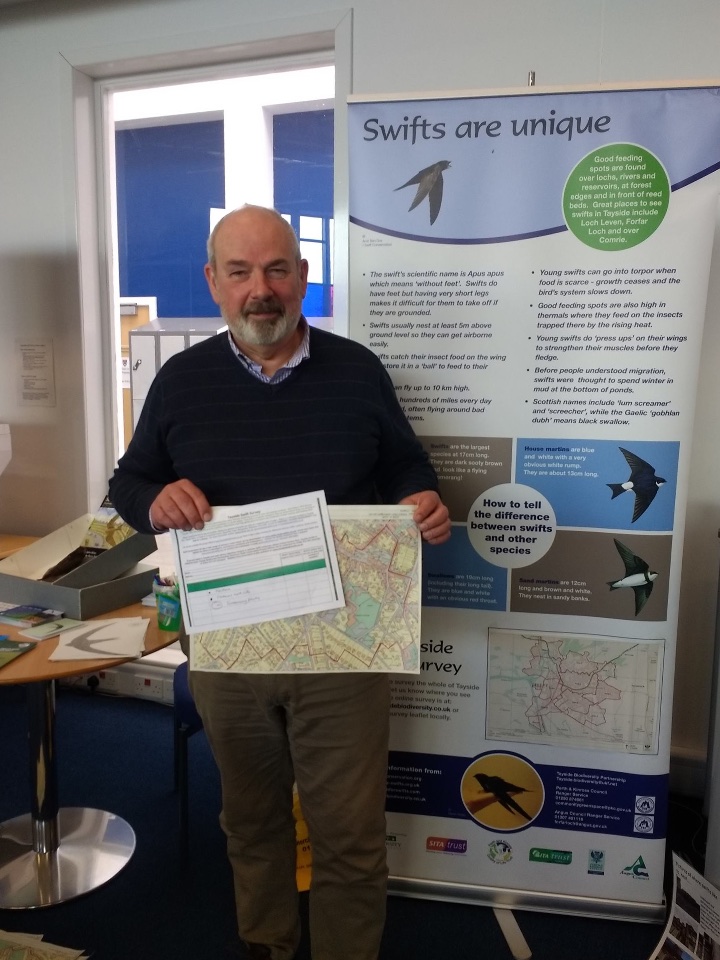

Crieff Swift Project
01/03/19 07:37
The project to step up the swift observation and data collection in Crieff and environs became publicly known today.
Funding
22/02/19 21:23
Confirmation of funding for 4/5 days of Perthshire Wildlife / Tayside Swifts doing walking tours and school / campus events.
Also confirmation of boxes being supplied for use in Crieff by Hillcrest HA. We need a cherry picker though…
Also confirmation of boxes being supplied for use in Crieff by Hillcrest HA. We need a cherry picker though…
Celebrating 20 years
06/12/18 21:42
Today was an inspiring event in celebration of twenty years of Tayside Biodiversity Partnership at the Battleby Conference Centre, during which Daniele Muir of Tayside Swifts and Elspeth Coutts of the Stanley Swift Group reported on the work which is being done to conserve swifts and, in Elspeth's case, accurately map the swifts in Stanley. This prompted a discussion between me and Elspeth and, subsequently, Daniele about the Crieff project which I have hopes of promoting in the new year. I suggested to Elspeth that we may be able to devise a more enhanced method of collecting data and portraying it, including graphics as well as charts and maps.
The decline in swift numbers is attributed, chiefly, to a loss of breeding habitat.
To better understand how and why this loss of habitat is occurring, we need to know more about where swifts breed.
To know more about where swifts breed we need to enlist the help of lots of people to be spotters.
To engage people as spotters they need to be encouraged to support our conservation aims and that takes more than data.
What do we need to know?
• Where / what are conditions of nests (position, structure, proximity, aspect, height etc.)
• When are the nests used?
• Estimate the ratio of flying swifts to breeding swifts, to gauge proportion of juveniles.
• Whether the nest sites are in danger of maintenance or development.
Get building owners / tenants involved in promoting the swifts' welfare and try to get everyone interested enough to monitor how they are faring from year to year. Encourage people to "adopt" their swift colonies and accept that they are as much a part of the town or village in which they live as any part of the local culture. That their history is part of the history of the places where we live.
The plan is not well formed yet and will rely a lot on funding, so there is much to do.
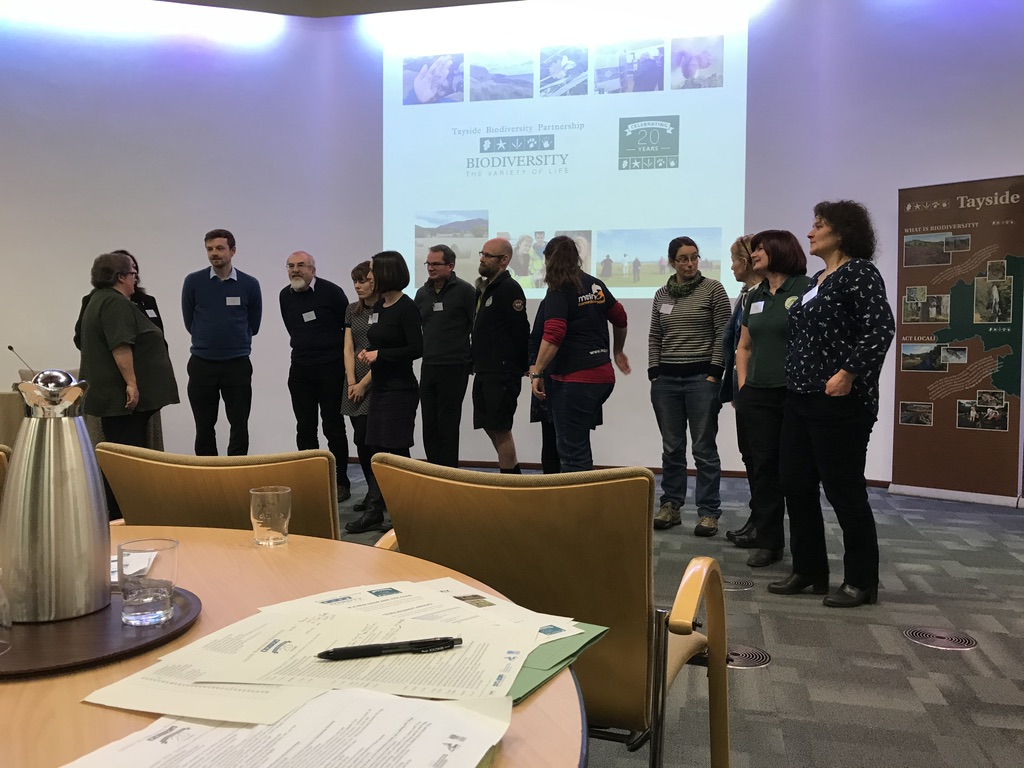
The decline in swift numbers is attributed, chiefly, to a loss of breeding habitat.
To better understand how and why this loss of habitat is occurring, we need to know more about where swifts breed.
To know more about where swifts breed we need to enlist the help of lots of people to be spotters.
To engage people as spotters they need to be encouraged to support our conservation aims and that takes more than data.
What do we need to know?
• Where / what are conditions of nests (position, structure, proximity, aspect, height etc.)
• When are the nests used?
• Estimate the ratio of flying swifts to breeding swifts, to gauge proportion of juveniles.
• Whether the nest sites are in danger of maintenance or development.
Get building owners / tenants involved in promoting the swifts' welfare and try to get everyone interested enough to monitor how they are faring from year to year. Encourage people to "adopt" their swift colonies and accept that they are as much a part of the town or village in which they live as any part of the local culture. That their history is part of the history of the places where we live.
The plan is not well formed yet and will rely a lot on funding, so there is much to do.


